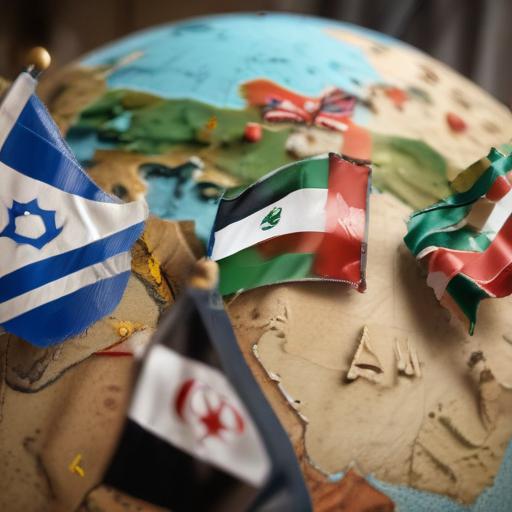Tensions between Israel and Iran have escalated significantly following recent Israeli airstrikes targeting Iranian military leaders and infrastructure related to ballistic missiles and nuclear capabilities. In retaliation, Iran has declared its intent for revenge, although the details of its response remain uncertain. The extent of Israel’s strikes, including notable attacks on military sites in Tabriz — a launch point for prior Iranian missile attacks — will likely influence Iran’s future actions.
Reports indicate that Israel’s offensive resulted in the deaths of key Iranian military figures, including Mohammad Hossein Bagheri and Hossein Salami, pivotal in Iran’s ballistic missile program. This latest engagement follows a trend of increasing aggression and military aggression in the region, exemplified by Iran’s previous operations that combined missiles and drones for an expansive attack on Israeli targets.
Iran has built a substantial arsenal of Medium-Range Ballistic Missiles (MRBMs) capable of reaching Israel, with various models influenced by partnerships with countries like North Korea. These missiles, such as the Kheibar Shekan and its hypersonic variant, enhance Iran’s strike capabilities by incorporating advanced technologies for precision targeting and evasion from interception systems.
During two significant Iranian offensives in 2024, dubbed Operative “True Promise” and “True Promise II,” Iran launched an impressive number of missiles at Israel, with the majority intercepted by Israeli missile defense systems. However, some missiles successfully hit military bases, indicating that Israeli defenses are likely under strain, especially considering previous engagements from Iranian proxies like the Houthis.
The complexity of missile defense operations becomes apparent when faced with numerous incoming threats, necessitating tactical prioritization that may leave certain missiles unengaged, particularly those aimed at less critical targets. Additionally, Iranian military infrastructure is designed to withstand airstrikes, with many facilities placed underground, complicating Israel’s efforts to neutralize Iran’s capabilities effectively.
Despite the escalating conflict, there is potential for hope in mitigating further confrontation. The regional military postures, including US missile defense deployments, may work as a buffer against expansive Iranian strikes that could involve targeting US forces stationed near Iran. Coordinated international efforts may facilitate diplomatic dialogues, potentially defusing tensions and establishing frameworks for a more stable regional security environment.
This ongoing situation illustrates a significant moment in Middle Eastern geopolitics, underscoring the critical need for robust defense strategies and diplomatic resolutions to prevent further escalation.
